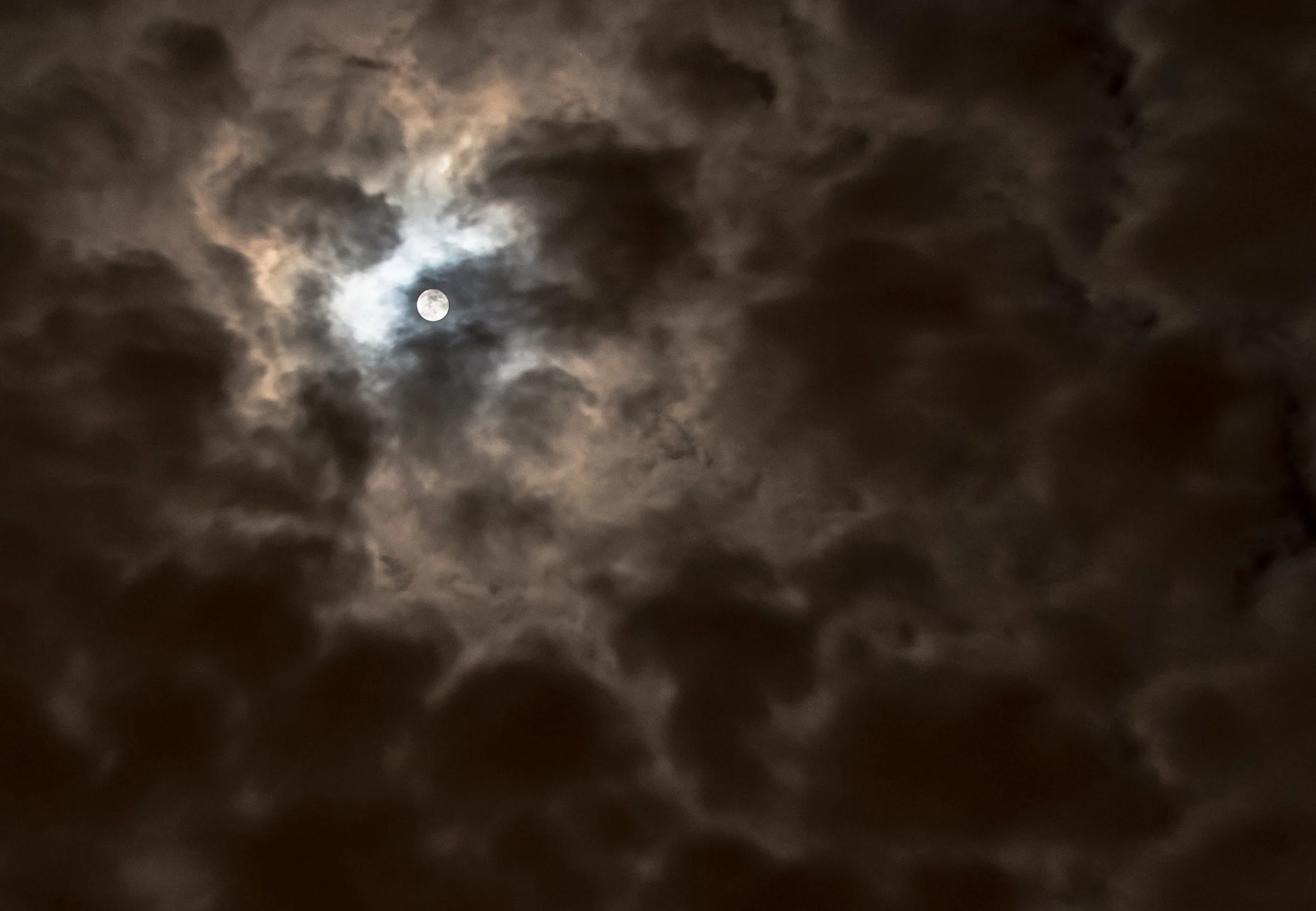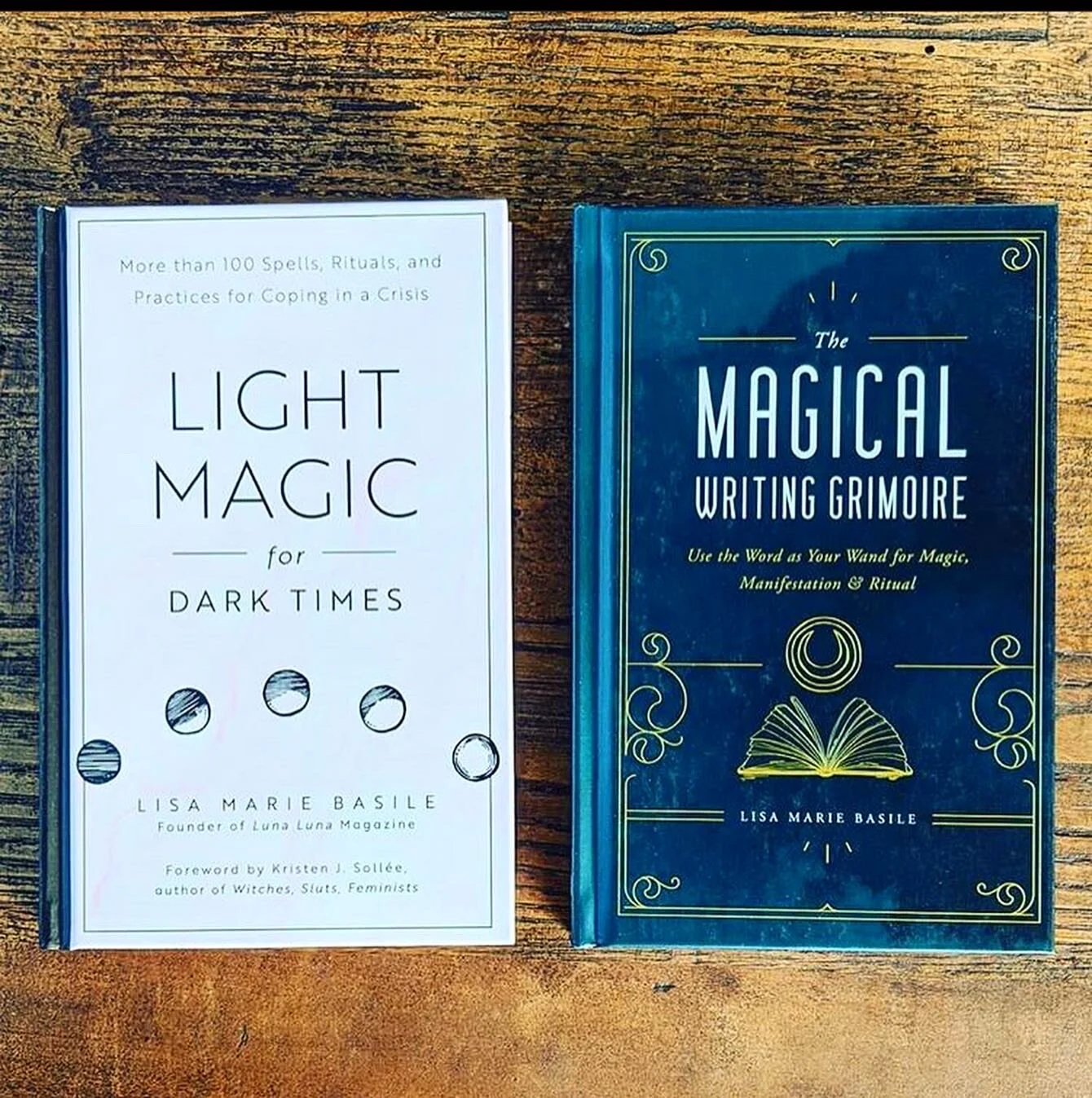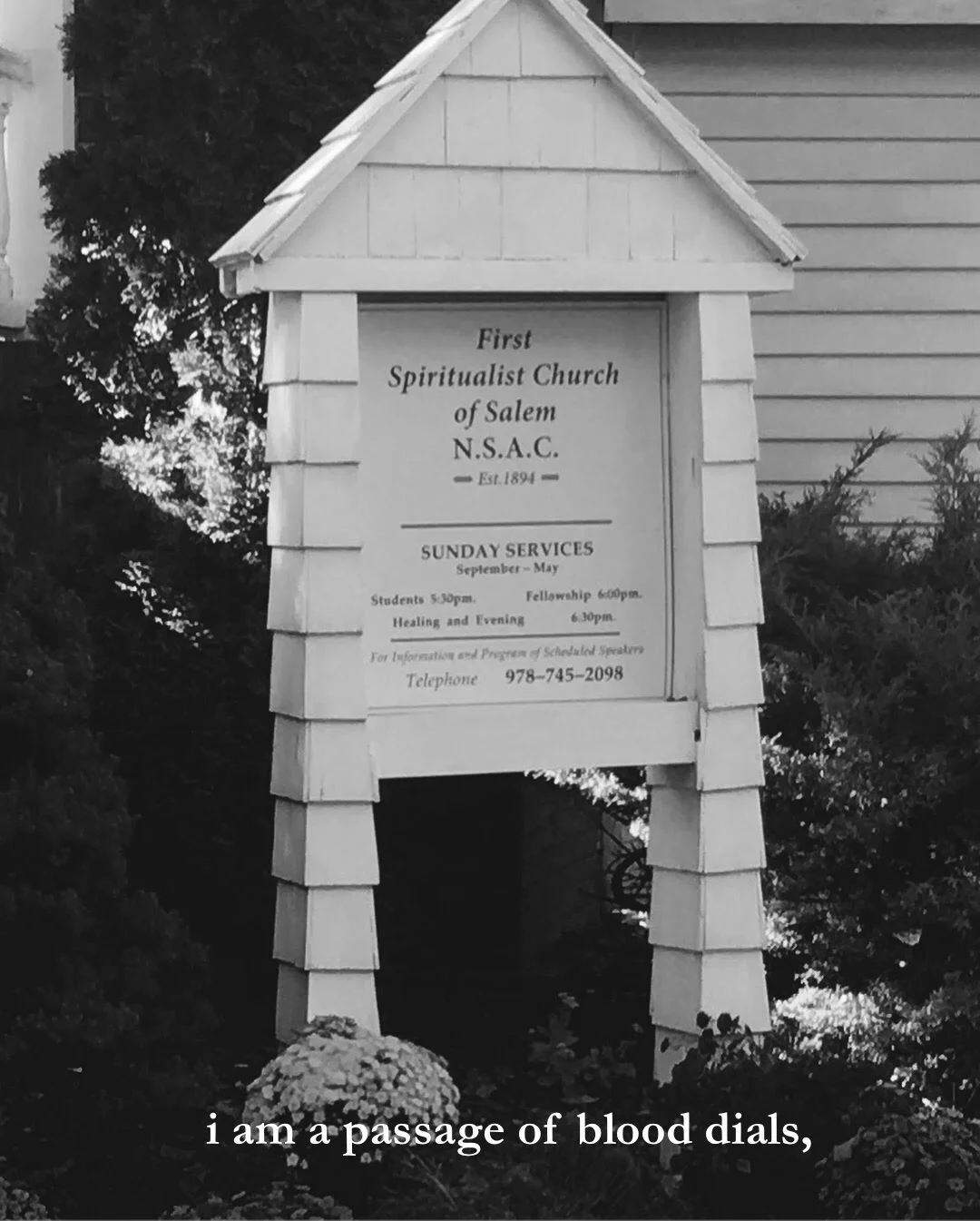BY SELENA CHAMBERS
CURATED BY PATRICIA GRISAFI
Mary Shelley wasn’t a horror writer. She wasn’t exactly a science fiction writer, either. Labels did not exist in Mary Shelley’s time as definitive of the writer but as a descriptor of the individual work produced. A good horror story followed by a good family story only proved the author’s range of storytelling power. To categorize Mary Shelley as a horror writer is to only discuss a small portion of her genius.
Mary Shelley’s work runs the gamut, like that of her contemporaries. But just as we never discuss Shelley’s less speculative works, we never discuss George Eliot’s grand meditation on mesmerism in The Lifted Veil or Honoré Balzac’s inclusion of the grand scientific debates of the 19th century in several works within his Human Comedy. Even George Sand indulged in fantasy through her eponymous Laura’s journey through a utopian universe housed inside a geode. The term "gothic" is used to describe the Brönte sisters, but as far as I can recall, Jane Eyre has never been lumped into any "10 Must-Read Horror Lists." Jane Austen has recently been lauded for having horror elements within her drawing rooms that have often been overlooked, but no one is ever going to call her a horror writer.
None of these authors, however, have been slapped with a genre label as aggressively as Mary Shelley has been.
While numerous short stories Shelley wrote after Frankenstein explore speculative themes including transference and loss, as a body of work, they do not neatly fall into horror or science fiction. With the exception of her futuristic, post-apocalyptic The Last Man, Shelley's novels are historical parables of politics and gender dynamics. Some of them are weird, like her early, kind-of Gothic but very-heavy incest driven Mathilda. Some are historical, like Valperga and The Fortunes of Perkin Warbeck, in which she uses medieval history to discuss the changing politics she and her family witnessed during the early nineteenth century.
RELATED: 4 Graphic Novels You Should Read On Halloween
Because Shelley was such an ardent researcher, she capitalized on her historical and philosophical knowledge by contributing regular essays for resources such as Lives of the Most Eminent Literary and Scientific Men (1835-39) and Lardner's Cabinet Cyclopaedia. Between these gigs, editing and preserving her husband’s literary estate, and writing the previously mentioned stories for popular women’s gift periodicals, Shelley was able to maintain an independent income that allowed her to raise her son, for the most part, alone. If we must label these other works, as we are inclined to do with her masterpiece, then they would be placed in several other modern-day categories: historical fiction, women’s interest, and literary fiction.
Just as the conversation about Mary Shelley the horror writer halts at Frankenstein, the discussion of the accompanying biography stops there as well. The period of Frankenstein’s composition is often discussed hand in hand with the novel. First is the fact that Shelley was born into loss when her mother died after her delivery. Sixteen years later, Shelley would continue to have a complicated relationship with motherhood, burying four out of five children due to life-threatening miscarriages or sudden illness. Finally, after eight years of a troubled and experimental marriage, it was all over abruptly when Percy Byshee Shelley drowned off the coast of Livorno.
Here, at age 25, history tends to ignore Mary Shelley despite the fact that she survived most of her friends in the Romantic literary circle and went on to lead a life of personal and artistic revolt. While under the oppression of both patriarchy and aristocracy in the form of her father-in-law, Sir Timothy Shelley, she clandestinely assisted other women in gaining independence and realizing their true selves. In 1827, she arranged a marriage between two of her friends, Isabella Robinson and Mary Diana Dods. Robinson had a child out of wedlock, and Dods had been experimenting with male-identification not only through pseudonyms attached to their work, but in dress as well. Shelley arranged for the couple to get passports in their new guises as Mr. and Mrs. Walter Sholto Douglas, and they were able to start a new life away from prudish Victorian eyes in Paris.
RELATED: Literary-Inspired Tarot Decks You Need In Your Life
So why is Mary Shelley always labeled as a "horror writer" while counterparts like Coleridge, Godwin, and Percy Byshee Shelly simply exist within the general Western canon, as they did on the bookseller’s lists of their time?
My pessimistic answer is that we give a lot of precedence to labels in our age because it saves us the trouble of paying close attention to the content itself. Another skeptical suspicion is this genre attribution is a classist code for "working writer." Look at the other authors often lumped into genre categories, and you will find Edgar Allan Poe, Shirley Jackson, and Phillip K. Dick, to name a few. All of these authors are attributed to writing only one kind of literature when they, in fact, produced diverse works.
As we grow closer to Frankenstein’s bicentennial in the coming months, there will be more labeling and defining of Mary Shelley's work. Call her what you will, but if you actually want to celebrate her as a woman and as a writer on her own unique merits, take a moment to appreciate her contributions to all genres. Dive in deeper with a great biography like Miranda Seymour’s Mary Shelley or Charlotte Gordon’s Romantic Outlaws.
Just don’t stop with Frankenstein. Go beyond.
Selena Chambers is a Hugo award and double World Fantasy finalist writer and editor. Her books include The Steampunk Bible (Abrams Image) co-authored with Jeff VanderMeer, Wandering Spirits: Traveling Mary Shelley’s Frankenstein (Tall Hat Press), and her debut short story collection, Calls for Submission (Pelekinesis). You can find out more about her work and happenings at www.selenachambers.com, on Twitter at @basbleuzombie, or sign up for her newsletter at https://tinyletter.com/BasBleuZombie.
Patricia Grisafi, PhD, is a New York City-based freelance writer, editor, and former college professor. She is currently an Associate Editor at Ravishly and a contributing writer and editor at Luna Luna. Her work has appeared in Salon, Vice, Bitch, The Rumpus, Bustle, The Establishment, and elsewhere. Her short fiction is forthcoming in Tragedy Queens (Clash Books). She is passionate about pit bull rescue, cursed objects, horror movies, and designer sunglasses.































